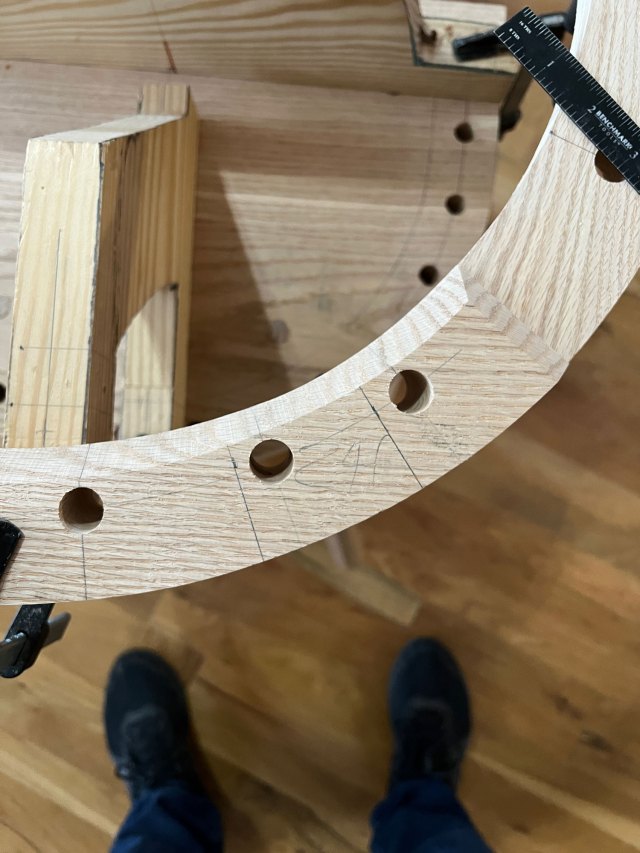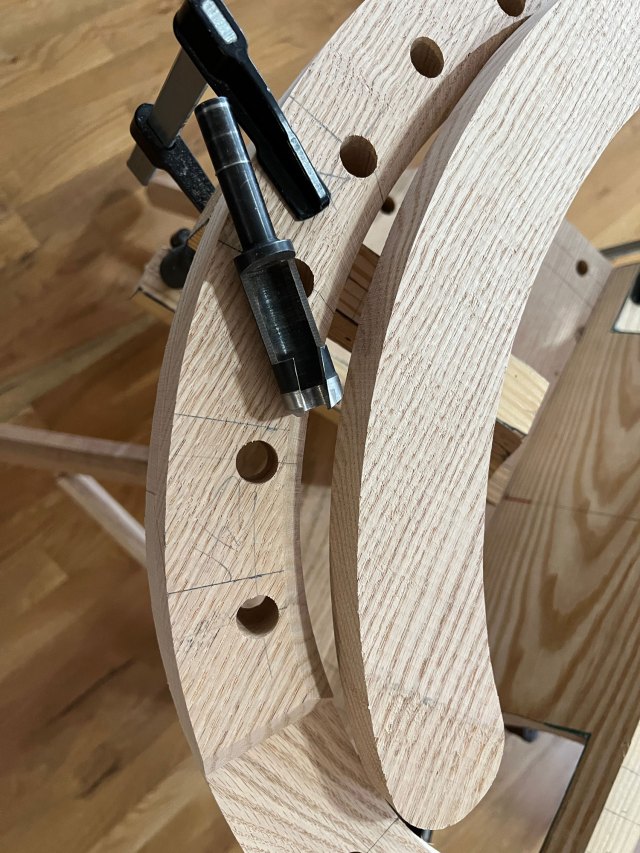
After years of making and fixing mistakes in my work, I have drilled the following routine into my head. I almost never deviate from it, and it has served me well.
If your repairs are less than satisfactory at times, there might be something here you can use.
So I made a mistake today and drilled two mortises in the seriously wrong places.
Step 1: Stop everything. Really. I don’t finish the operation. I don’t try to fix the mistake. I don’t do any woodworking. Stop. I put down the tools and walk away.
Step 2: Sit down at the laptop and write a nice note to my wife and kids. I do something for a few minutes that breaks the self-loathing and blame and shame. There is a good fix out there. But I am in no shape to make it.
Step 3: Clean up the mess I was making when I made the mistake. Put the extra tools away. This forces me to delay trying a quick repair. There are always multiple ways to fix a mistake. Your first instinct isn’t always the best. My gut response to my mistake above was to glue some offcuts of a stick in the holes. That was not the best approach.

Step 4: Stare at the mistake. Sometimes I’ll lay out what I should have done to the work – here I drew in the correct mortises. Then I measure everything and try to figure out what I did wrong. How did this happen? Again, this is not to beat myself up. It is a delaying tactic to get my brain working on multiple solutions.
Step 5: If an ideal repair doesn’t occur to me, I will walk away for a day (if the project permits it). Honestly, steps two through five are me just stalling as much as possible. There is an elegant repair out there. I just need to allow it to bubble to the surface.

Step 6: When I make the repair, I do it deliberately and while I’m alone in the shop. I try to do everything in slow motion. Triple-check things I would normally double-check. I remembered I had a plug cutter in a drawer that would cut perfect face-grain plugs to fill the mortises. And I had color- and grain-matched scraps in the scrap bin. The plug cutter didn’t make a tapered plug (unfortunately), but it will be good enough to be undetectable under paint.
This repair will come out fine. It set me back a couple hours, but the chair is going to look fine. It will be just as strong. And it’s an error I will forget in a few months.
— Christopher Schwarz
p.s. I’ll show the completed repair on Instagram sometime soon – I can’t level the surface until the glue is completely dry.